environmental benefit of wastewater treatment plants in mountainous areas in the alps

|
Comparison of technology, costs and environmental benefit of wastewater treatment plants in mountainous areas in the alps |

|
Introduction
Biofilm system
Activated sludge
Conclusions
In this context there is a significant difference between activated sludge and biofilm systems: The suspended solids of activated sludge systems are mobile and hence it is possible to inoculate such systems by adding an active biomass from a municipal wwtp.
The Gera Refuge is extremely located (2324 m altitude) and difficult to approach (2 h walking distance). Therefore a rather slow increase of the loading at the beginning of the summer season is expected (Fig.1). In Fig.2 the profiles of organic and nitrogen compounds in the influent and the effluent flow are shown. Because of the relatively high base flow of about 2 m3/d even without any guests the concentrations increase significantly with increasing loads
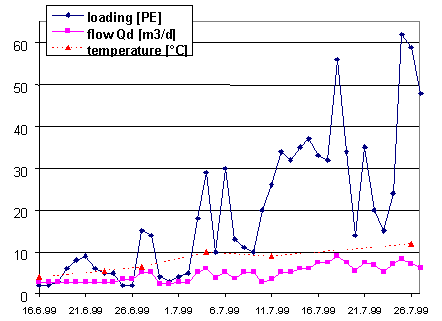
Fig. 1: Profiles of temperature, hydraulic and organic loading of the trickling filter system Gera Refuge
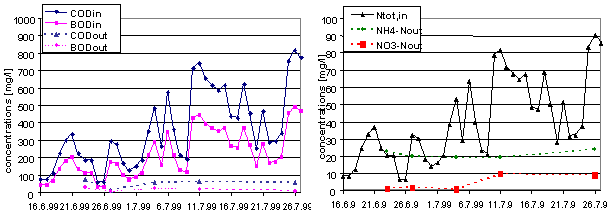
Fig. 2: Influent and effluent concentrations of the WWTP Gera Refuge during the start-up period
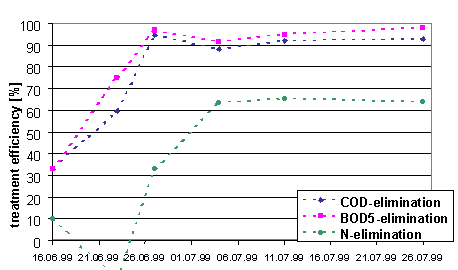
Fig. 3: Development of the treatment efficiency of the WWTP Gera Refuge during the start-up period
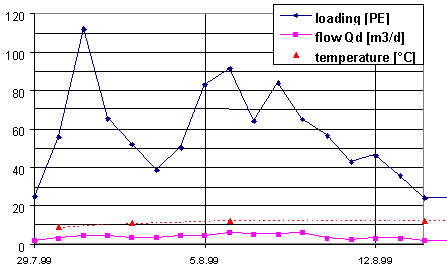
Fig. 4: Profiles of temperature, hydraulic and organic loading of the cyclic activated sludge system Stuttgart Refuge

Fig. 5: Influent and effluent concentrations of the WWTP Stuttgart Refuge during the start-up period
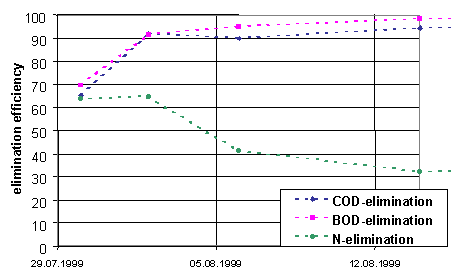
Fig. 6: Development of the treatment efficiency of the WWTP Stuttgart Refuge during the start-up period